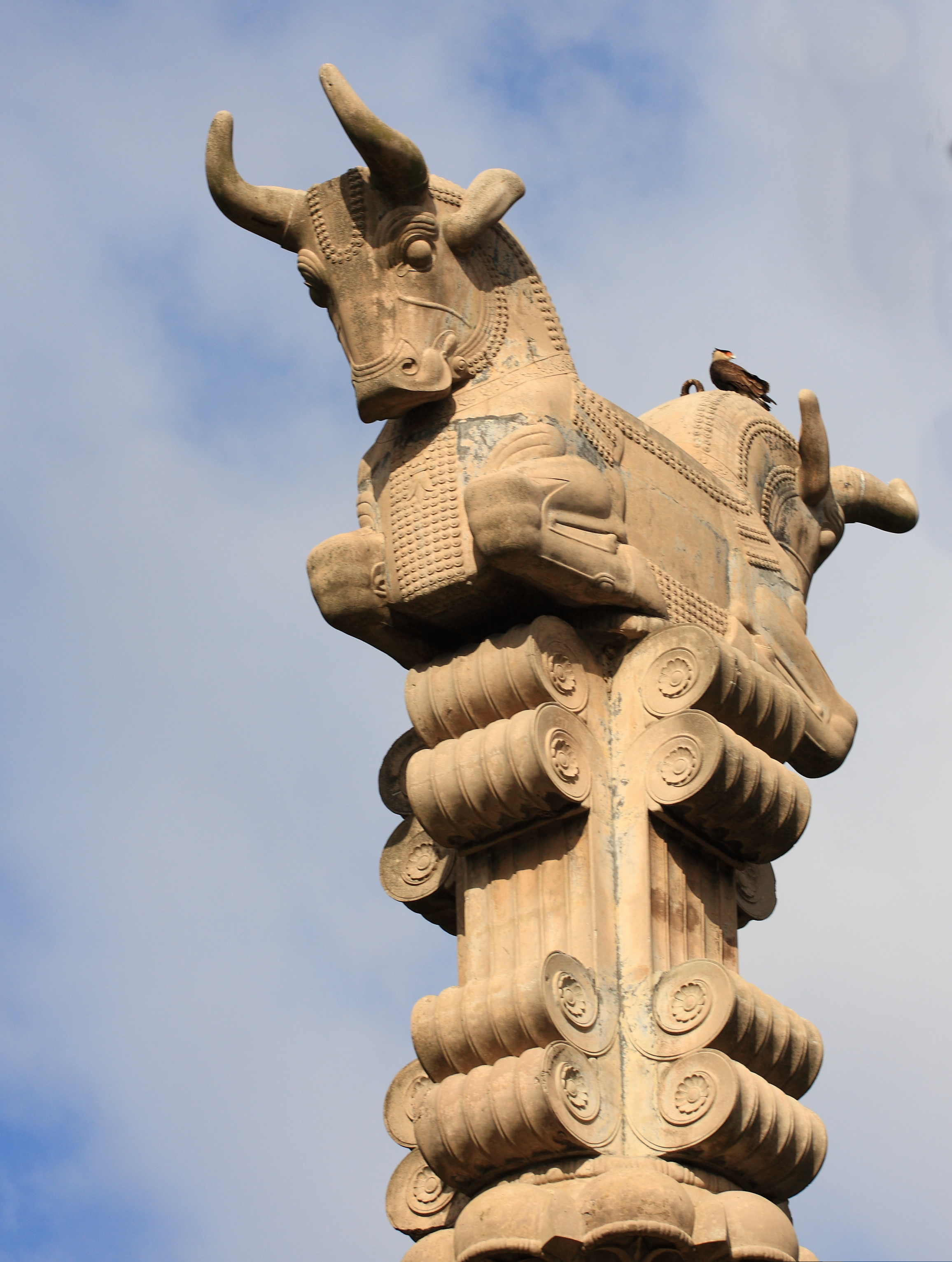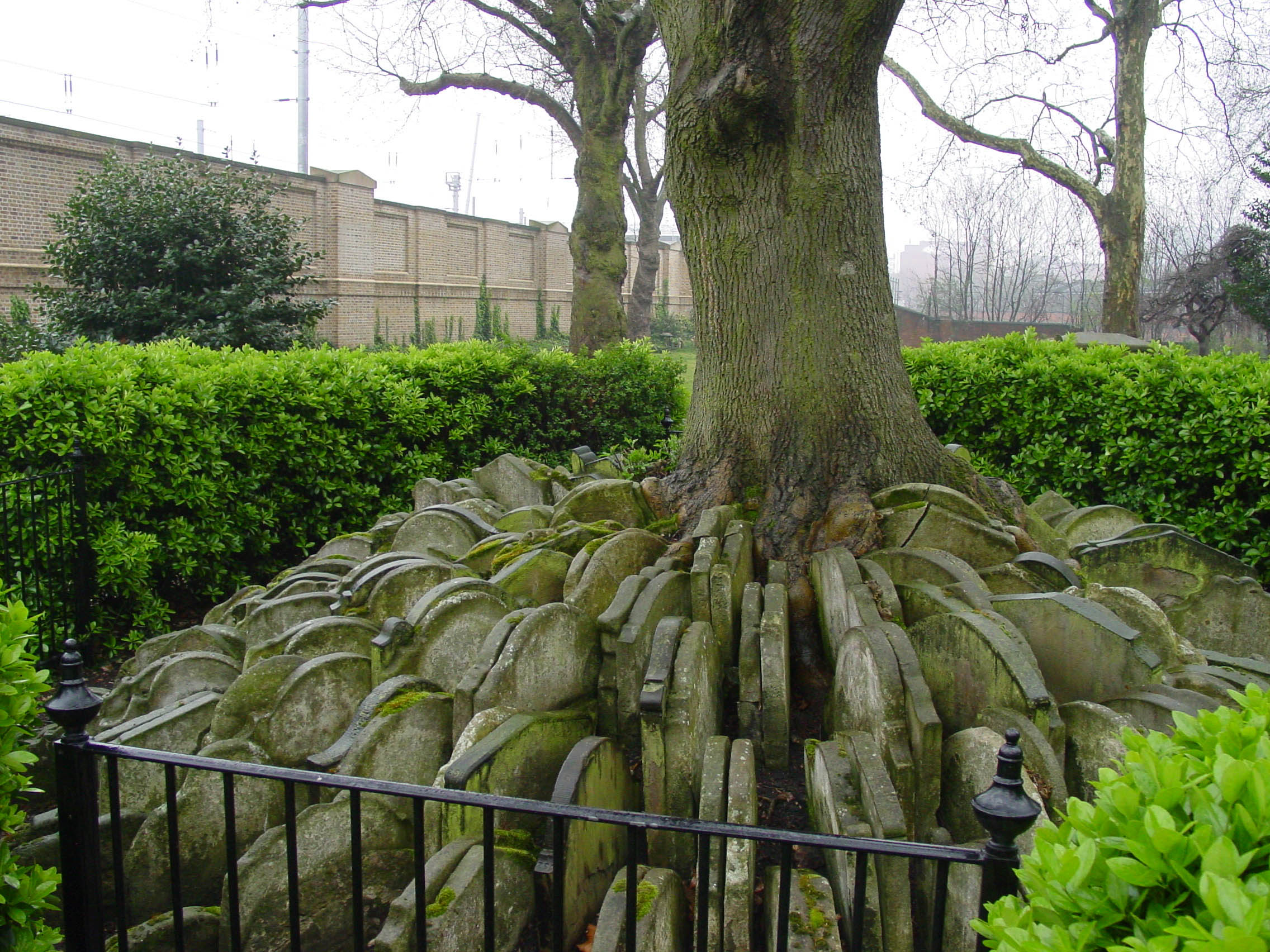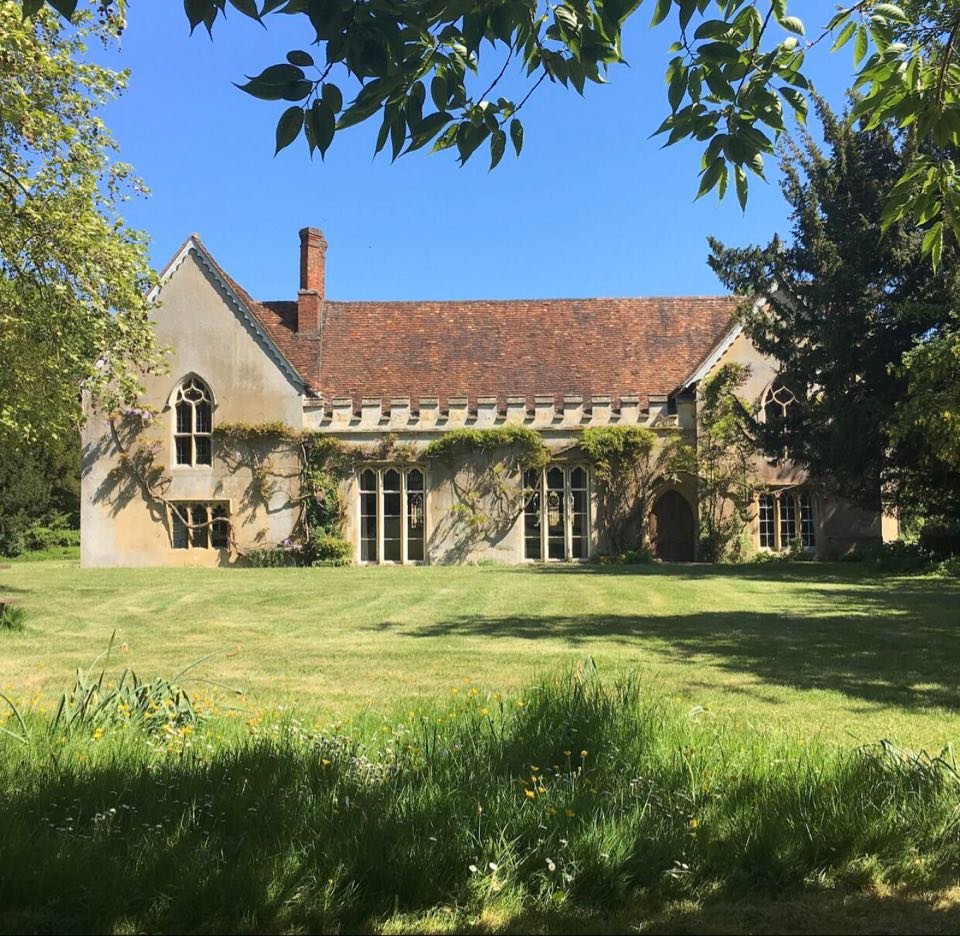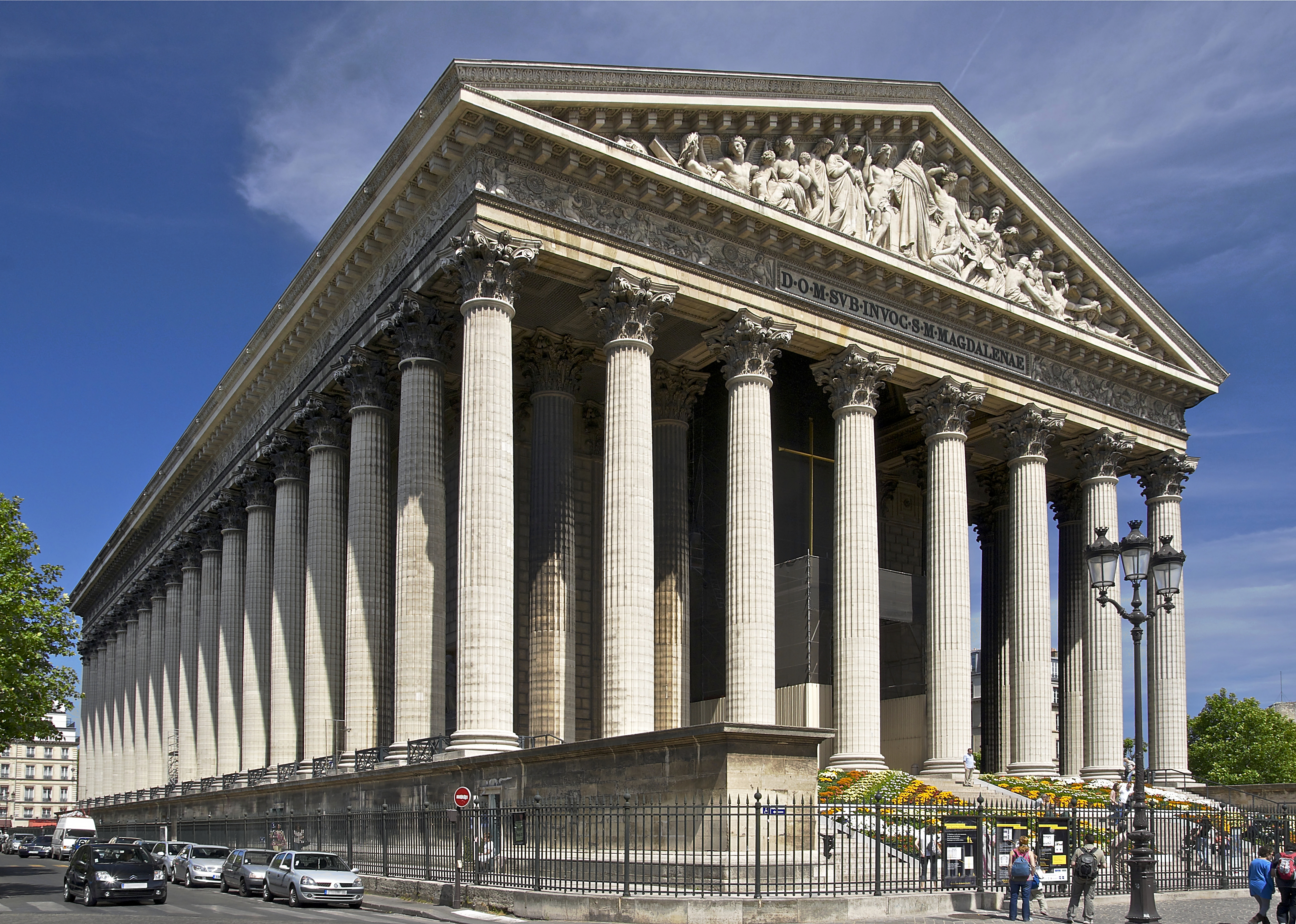|
Turnworth
Turnworth is a small village and civil parish in north Dorset, England, situated on the Dorset Downs west of Blandford Forum. It consists of a few cottages and farmhouses scattered around a church and manor house. In 2013 the civil parish had an estimated population of 30. In 1086 in the Domesday Book Turnworth was recorded as ''Torneworde''; it had 19 households, was in Pimperne Hundred and the lord and tenant-in-chief was Alfred of 'Spain'. The church, with the exception of the tower, was rebuilt in the 19th century with assistance from Thomas Hardy, who designed the capitals and possibly also the corbels. Hardy described Turnworth's position as being ''"stood in a hole, but the hole is full of beauty''", and he used Turnworth House as the inspiration for Hintock House in his novel ''The Woodlanders''. Nearby is Ringmoor, an ancient settlement on the top of the scarp Scarp may refer to: Landforms and geology * Cliff, a significant vertical, or near vertical, rock exposure ... [...More Info...] [...Related Items...] OR: [Wikipedia] [Google] [Baidu] |
Ringmoor
The Ringmoor settlement is an Iron Age/Romano-British farming settlement in Dorset, England. It is between the villages of Okeford Fitzpaine and Turnworth, and lies on east-facing slopes of Bell Hill, on the Dorset Downs. The site is owned by the National Trust,"Earthwork Remains of Turnworth Iron Age Settlement, Ringmoor" National Trust. Retrieved 29 June 2020. and is a Scheduled Ancient Monument
In the United Kingdom, a scheduled monument is a nationally important archaeological site or historic building, given protection against unauthorised change.
The various pieces of legislation th ...
[...More Info...] [...Related Items...] OR: [Wikipedia] [Google] [Baidu] |
North Dorset (UK Parliament Constituency)
North Dorset is a constituency represented in the House of Commons of the UK Parliament since 2015 by Simon Hoare, a Conservative. History This seat was created by the Redistribution of Seats Act 1885, since which it has been won at elections by candidates from only two parties. For nineteen of the years between 1885 and 1950, North Dorset was represented by Liberals, and at all other times since 1885 it has been represented by Conservatives. It is historically one of Labour's weakest seats in the country - for example, it gave the party its lowest vote share out of all the seats it contested in 1950 and 1951. Constituency profile The constituency covers North Dorset local government district and most (geographically) of East Dorset. It is largely rural, with a lower than average proportion of social housing and five small towns shown in the infobox. The largest town is Verwood, and the most central is the market town of Blandford Forum, north of the port of Poole. Boundarie ... [...More Info...] [...Related Items...] OR: [Wikipedia] [Google] [Baidu] |
Domesday Book
Domesday Book () – the Middle English spelling of "Doomsday Book" – is a manuscript record of the "Great Survey" of much of England and parts of Wales completed in 1086 by order of King William I, known as William the Conqueror. The manuscript was originally known by the Latin name ''Liber de Wintonia'', meaning "Book of Winchester", where it was originally kept in the royal treasury. The '' Anglo-Saxon Chronicle'' states that in 1085 the king sent his agents to survey every shire in England, to list his holdings and dues owed to him. Written in Medieval Latin, it was highly abbreviated and included some vernacular native terms without Latin equivalents. The survey's main purpose was to record the annual value of every piece of landed property to its lord, and the resources in land, manpower, and livestock from which the value derived. The name "Domesday Book" came into use in the 12th century. Richard FitzNeal wrote in the '' Dialogus de Scaccario'' ( 1179) that the bo ... [...More Info...] [...Related Items...] OR: [Wikipedia] [Google] [Baidu] |
Corbel
In architecture, a corbel is a structural piece of stone, wood or metal jutting from a wall to carry a superincumbent weight, a type of bracket. A corbel is a solid piece of material in the wall, whereas a console is a piece applied to the structure. A piece of timber projecting in the same way was called a "tassel" or a "bragger" in England. The technique of corbelling, where rows of corbels deeply keyed inside a wall support a projecting wall or parapet, has been used since Neolithic (New Stone Age) times. It is common in medieval architecture and in the Scottish baronial style as well as in the vocabulary of classical architecture, such as the modillions of a Corinthian cornice. The corbel arch and corbel vault use the technique systematically to make openings in walls and to form ceilings. These are found in the early architecture of most cultures, from Eurasia to Pre-Columbian architecture. A console is more specifically an "S"-shaped scroll bracket in the classical ... [...More Info...] [...Related Items...] OR: [Wikipedia] [Google] [Baidu] |
Capital (architecture)
In architecture the capital (from the Latin ''caput'', or "head") or chapiter forms the topmost member of a column (or a pilaster). It mediates between the column and the load thrusting down upon it, broadening the area of the column's supporting surface. The capital, projecting on each side as it rises to support the abacus, joins the usually square abacus and the usually circular shaft of the column. The capital may be convex, as in the Doric order; concave, as in the inverted bell of the Corinthian order; or scrolling out, as in the Ionic order. These form the three principal types on which all capitals in the classical tradition are based. The Composite order established in the 16th century on a hint from the Arch of Titus, adds Ionic volutes to Corinthian acanthus leaves. From the highly visible position it occupies in all colonnaded monumental buildings, the capital is often selected for ornamentation; and is often the clearest indicator of the architectu ... [...More Info...] [...Related Items...] OR: [Wikipedia] [Google] [Baidu] |
Thomas Hardy
Thomas Hardy (2 June 1840 – 11 January 1928) was an English novelist and poet. A Victorian realist in the tradition of George Eliot, he was influenced both in his novels and in his poetry by Romanticism, including the poetry of William Wordsworth. He was highly critical of much in Victorian society, especially on the declining status of rural people in Britain, such as those from his native South West England. While Hardy wrote poetry throughout his life and regarded himself primarily as a poet, his first collection was not published until 1898. Initially, he gained fame as the author of novels such as '' Far from the Madding Crowd'' (1874), '' The Mayor of Casterbridge'' (1886), '' Tess of the d'Urbervilles'' (1891), and '' Jude the Obscure'' (1895). During his lifetime, Hardy's poetry was acclaimed by younger poets (particularly the Georgians) who viewed him as a mentor. After his death his poems were lauded by Ezra Pound, W. H. Auden and Philip Larkin. Many of his ... [...More Info...] [...Related Items...] OR: [Wikipedia] [Google] [Baidu] |
Tenant-in-chief
In medieval and early modern Europe, the term ''tenant-in-chief'' (or ''vassal-in-chief'') denoted a person who held his lands under various forms of feudal land tenure directly from the king or territorial prince to whom he did homage, as opposed to holding them from another nobleman or senior member of the clergy.Bloch ''Feudal Society Volume 2'' p. 333Coredon ''Dictionary of Medieval Terms & Phrases'' p. 272 The tenure was one which denoted great honour, but also carried heavy responsibilities. The tenants-in-chief were originally responsible for providing knights and soldiers for the king's feudal army.Bracton, who indiscriminately called tenants-in-chief "barons" stated: "sunt et alii potentes sub rege qui barones dicuntur, hoc est robur belli" ("there are other magnates under the king, who are called barons, that is the hardwood of war"), quoted in Sanders, I.J., ''Feudal Military Service in England'', Oxford, 1956, p.3; "Bracton's definition of the ''baro''" (plur ''baron ... [...More Info...] [...Related Items...] OR: [Wikipedia] [Google] [Baidu] |
Pimperne Hundred
Pimperne Hundred was a hundred in the county of Dorset, England, containing the following parishes: *Bryanston *Durweston *Fifehead Neville * Hammoon * Hazelbury Bryan *Iwerne Stepleton *Langton Long Blandford *Pimperne *Stourpaine *Tarrant Hinton Tarrant Hinton is a village and civil parish in the county of Dorset in southern England. It is situated in the Tarrant Valley, approximately northeast of Blandford Forum. In 2013 the estimated population of the civil parish was 160. The villag ... * Tarrant Keyneston * Tarrant Launceston * Tarrant Rawston * Winterborne Houghton * Winterborne Stickland See also * List of hundreds in Dorset Sources *Boswell, Edward, 1833: ''The Civil Division of the County of Dorset'' (published on CD by Archive CD Books Ltd, 1992) * Hutchins, John, ''History of Dorset'', vols 1-4 (3rd ed 1861–70; reprinted by EP Publishing, Wakefield, 1973) *Mills, A. D., 1977, 1980, 1989: ''Place Names of Dorset'', parts 1–3. English Place Name Society: Survey ... [...More Info...] [...Related Items...] OR: [Wikipedia] [Google] [Baidu] |
Manor House
A manor house was historically the main residence of the lord of the manor. The house formed the administrative centre of a manor in the European feudal system; within its great hall were held the lord's manorial courts, communal meals with manorial tenants and great banquets. The term is today loosely applied to various country houses, frequently dating from the Late Middle Ages, which formerly housed the landed gentry. Manor houses were sometimes fortified, albeit not as fortified as castles, and were intended more for show than for defencibility. They existed in most European countries where feudalism was present. Function The lord of the manor may have held several properties within a county or, for example in the case of a feudal baron, spread across a kingdom, which he occupied only on occasional visits. Even so, the business of the manor was directed and controlled by regular manorial courts, which appointed manorial officials such as the bailiff, granted copyhol ... [...More Info...] [...Related Items...] OR: [Wikipedia] [Google] [Baidu] |
Dorset (unitary Authority)
Dorset is a unitary authority area in the ceremonial county of Dorset, England, which came into existence on 1 April 2019. It covers all of the ceremonial county except for Bournemouth, Christchurch and Poole. The council of the district is Dorset Council, which was in effect Dorset County Council re-constituted so as to be vested with the powers and duties of five district councils which were also abolished, and shedding its partial responsibility for and powers in Christchurch. History and statutory process Statutory instruments for re-organisation of Dorset (as to local government) were made in May 2018. These implemented the Future Dorset plan to see all councils then existing within the county abolished and replaced by two new unitary authorities on 1 April 2019. *The unitary authorities of Bournemouth and Poole merged with the non-metropolitan district of Christchurch to create a single unitary authority called Bournemouth, Christchurch and Poole Council, which has since c ... [...More Info...] [...Related Items...] OR: [Wikipedia] [Google] [Baidu] |
Church (building)
A church, church building or church house is a building used for Christian worship services and other Christian religious activities. The earliest identified Christian church is a house church founded between 233 and 256. From the 11th through the 14th centuries, there was a wave of church construction in Western Europe. Sometimes, the word ''church'' is used by analogy for the buildings of other religions. ''Church'' is also used to describe the Christian religious community as a whole, or a body or an assembly of Christian believers around the world. In traditional Christian architecture, the plan view of a church often forms a Christian cross; the center aisle and seating representing the vertical beam with the bema and altar forming the horizontal. Towers or domes may inspire contemplation of the heavens. Modern churches have a variety of architectural styles and layouts. Some buildings designed for other purposes have been converted to churches, while many ori ... [...More Info...] [...Related Items...] OR: [Wikipedia] [Google] [Baidu] |
Farmhouse
FarmHouse (FH) is a social fraternity founded at the University of Missouri on April 15, 1905. It became a national organization in 1921. Today FarmHouse has 33 active chapters and four associate chapters (formerly colonies) in the United States and Canada.FarmHouse Fraternity New Membership Education Manual, published by FarmHouse International Fraternity, Inc. History FarmHouse was founded as a professional agriculture fraternity on April 15, 1905 by seven men at the University of Missouri, who had met at a YMCA bible study and had decided that they wanted to form a club. The seven founders were D. Howard Doane, Robert F. Howard, Claude B. Hutchison, H. H. Krusekopf, Earl W. Rusk, Henry P. Rusk, and Melvin E. Sherwin. D. Howard Doane conceived the basic ideas which led to FarmHouse, and is considered the father of the Fraternity. The name FarmHouse was chosen for the following reasons:Given their agricultural background and rural upbringing, the house in which they resided ... [...More Info...] [...Related Items...] OR: [Wikipedia] [Google] [Baidu] |





.jpg)
